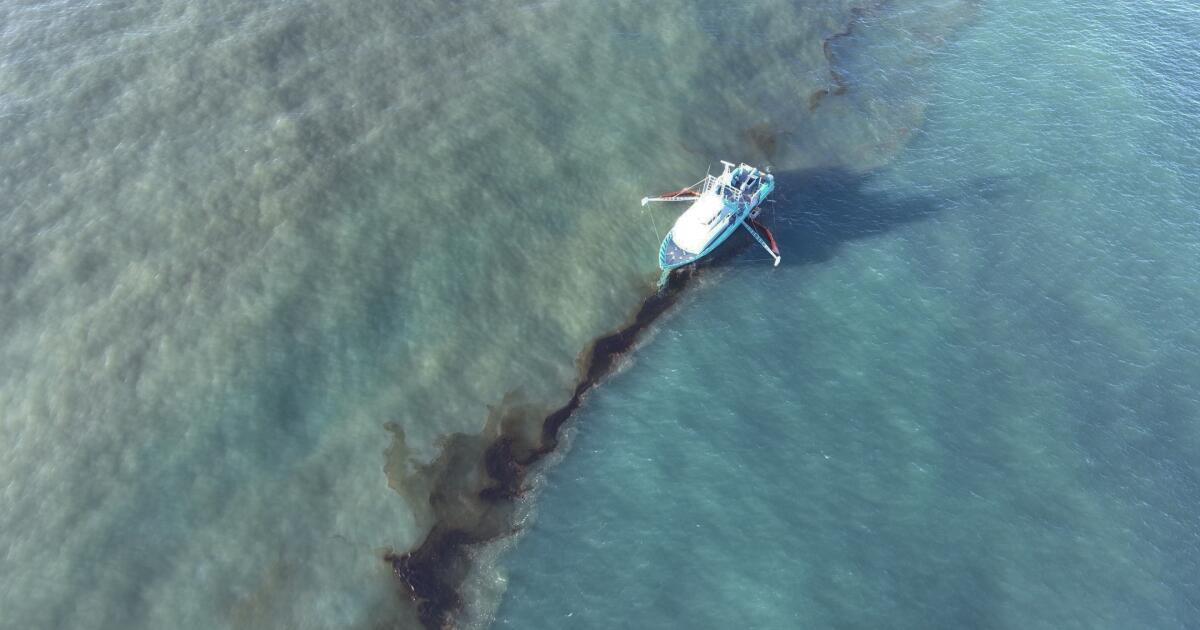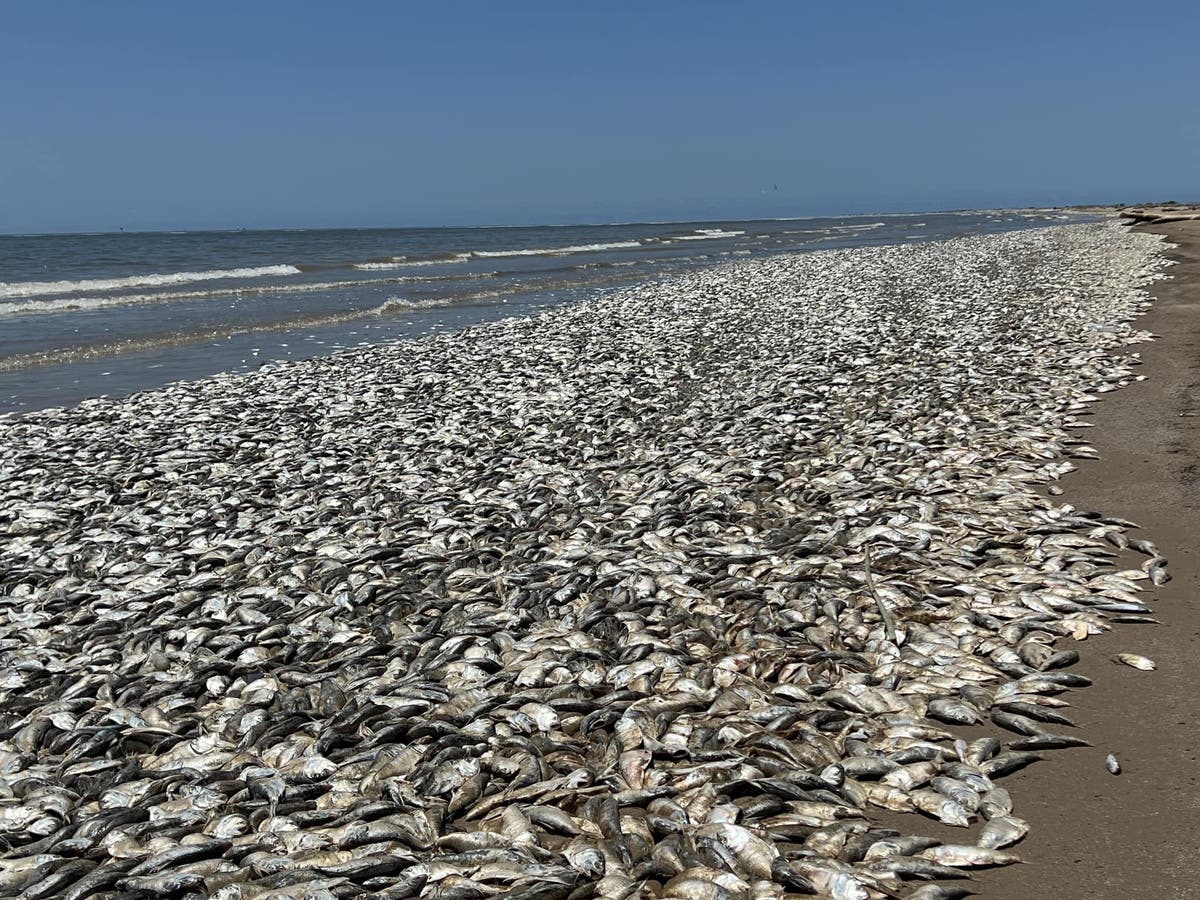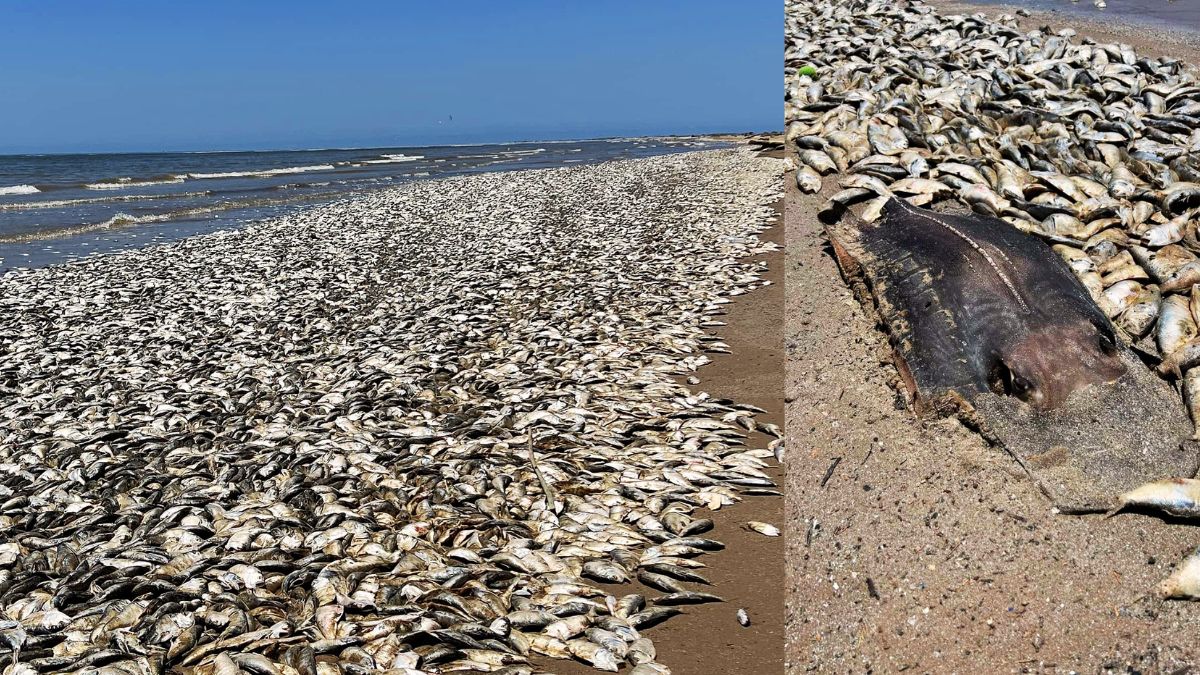
Gulf of Mexico’s ‘dead zone’ larger than average this year
Associated PressThis year’s Gulf of Mexico “dead zone” — an area where there’s too little oxygen to support marine life — is larger than average, according to researchers. Scientists supported by the National Oceanic and Atmospheric Administration determined that the area off Louisiana and Texas’ coasts covers about 6,334 square miles, the agency said in a news release Tuesday. Because year-to-year measurements can vary widely — this year’s zone is about three times the size of 2020’s — NOAA says a multiyear average “captures the true dynamic nature of the zone.” This summer’s measurement was larger than the average-sized area that the agency predicted in June based on Mississippi River nitrogen and phosphorous runoff data. “The low oxygen conditions were very close to shore with many observations showing an almost complete lack of oxygen.” Human activities in urban and agricultural areas throughout the Mississippi River watershed primarily cause the annual “dead zone.” Excess nutrients flow into the Gulf of Mexico and stimulate an overgrowth of algae, which die and decompose.
History of this topic

Goal is to shrink Gulf dead zone, but that’s not happening
Associated Press
Gulf of Mexico’s ‘dead zone’ much smaller this year
Associated Press
Dead zone prediction: Larger than average; not near record
Associated Press
Scientists: Surprisingly small ‘dead zone’ off Louisiana
Associated PressDiscover Related













)


)


